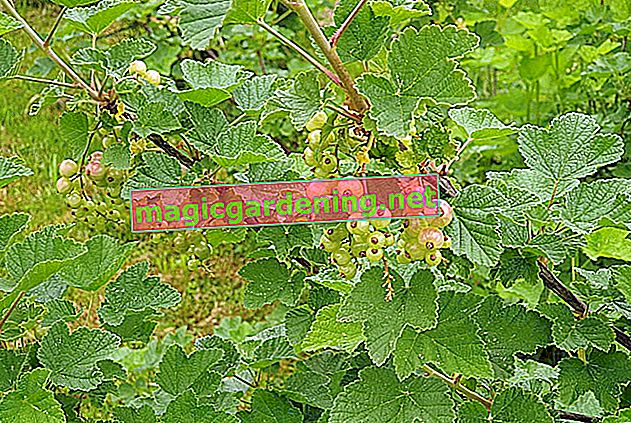
Only the tires are allowed in the potty
The harvest season for elderberries extends from August to October. In the weeks before, the berries are not yet ripe and are therefore still poisonous even after processing. In the weeks that follow, there is a risk that the elderberry will shed its fruity clusters along with the withered leaves. The following harvesting technique effectively prevents unsightly discoloration from the berry juice and burst fruits:
- Put on gloves and apron, as well as a knife and a washable basket
- harvest each umbel completely
- Pick out unripe fruits with two fingers and discard
- Carry the fruit umbels in the basket into the house and rinse them under running water
- Comb out the elderberries with a fork over a sieve
- resist the temptation to nibble on the fresh fruit
also read
- Cooking elderberries properly for delicious variations
- St. John's wort - harvest and process correctly
- Harvest and use the fruits of the rock pear
Processing is started immediately after the harvest because the elderberry fruits do not have a long shelf life.
Various methods of preparation
Black elderberries lose their poisonous status if they are cooked at a temperature of at least 80 degrees Celsius. This circumstance only minimally limits the possibilities of a delicious preparation. We have put together the best variants for you:
- Reduce to jam with 1 kilo of berries and 1 kilo of preserving sugar as well as a little lemon juice and currant liqueur
- Process into refreshing juice by boiling 2 kilos of fruit and 200 grams of sugar for an hour
- Use 500 grams of berries, 150 milliliters of water, 3 spoons of sugar, 1 pinch of cinnamon and 10 plums to conjure up a delicious elderberry nut on the stove
If you don't have the time for immediate processing, freeze the cones without further ado. The frozen fruits can later be easily shaken off the stems.
Tips & Tricks
They give elder fruits a significantly longer shelf life through drying. You can do this very easily in the oven or in the dehydrator at below 40 degrees Celsius. Since the berries are still indigestible when dried, they are used as an aromatic ingredient in jams, jellies, compotes and boiled down juices.








